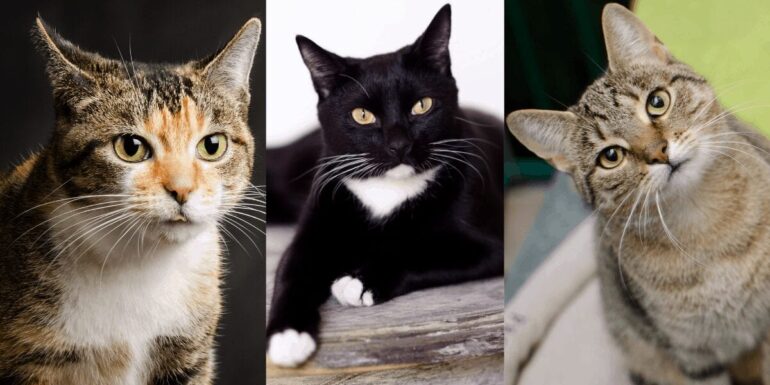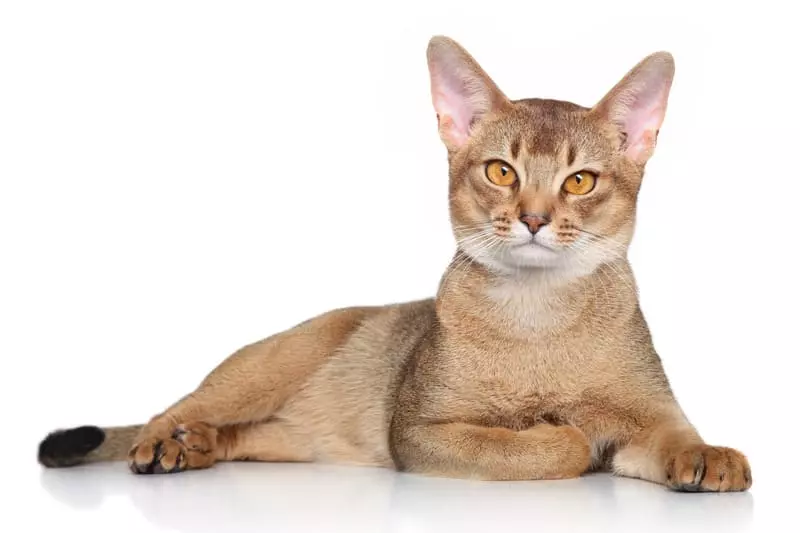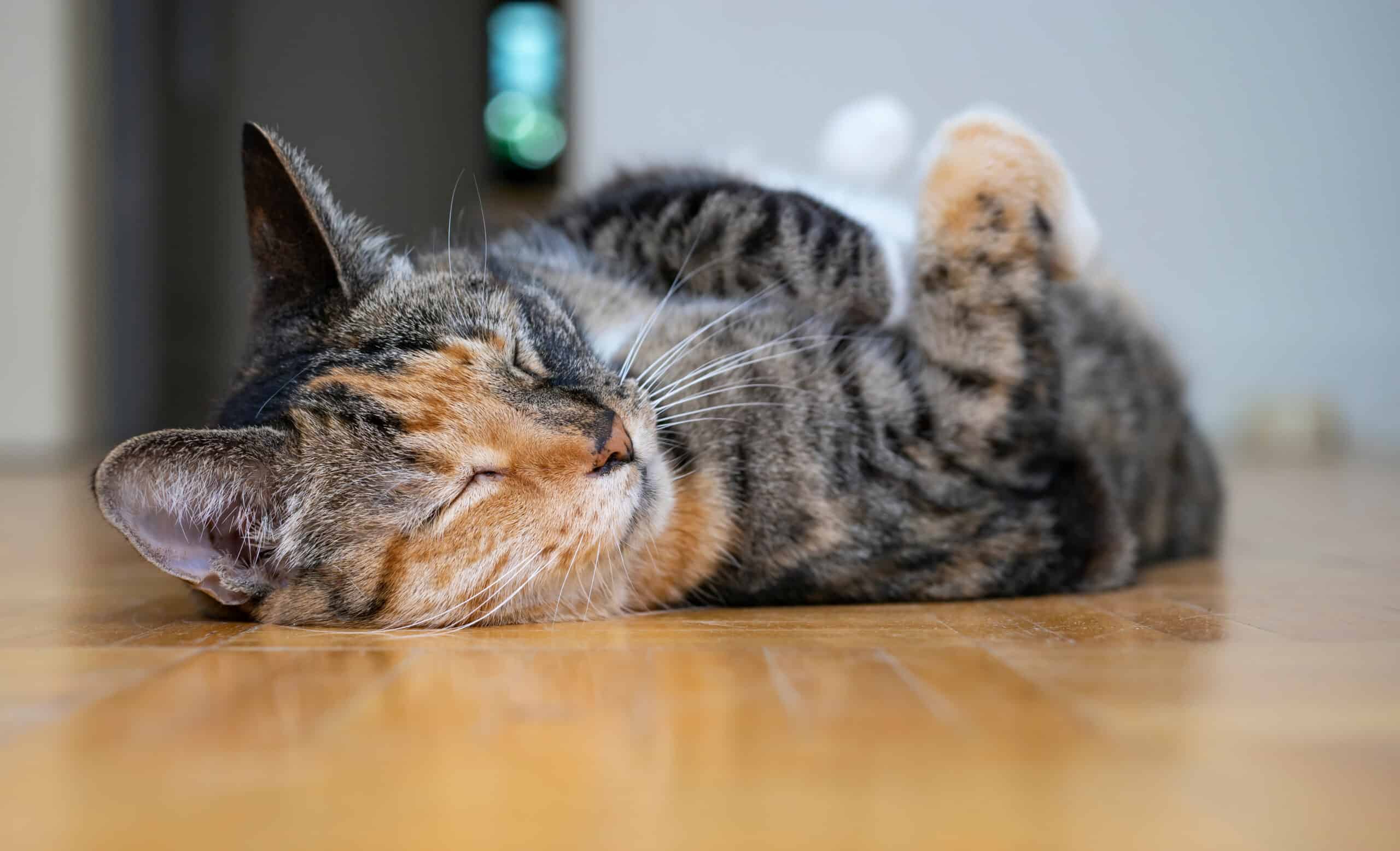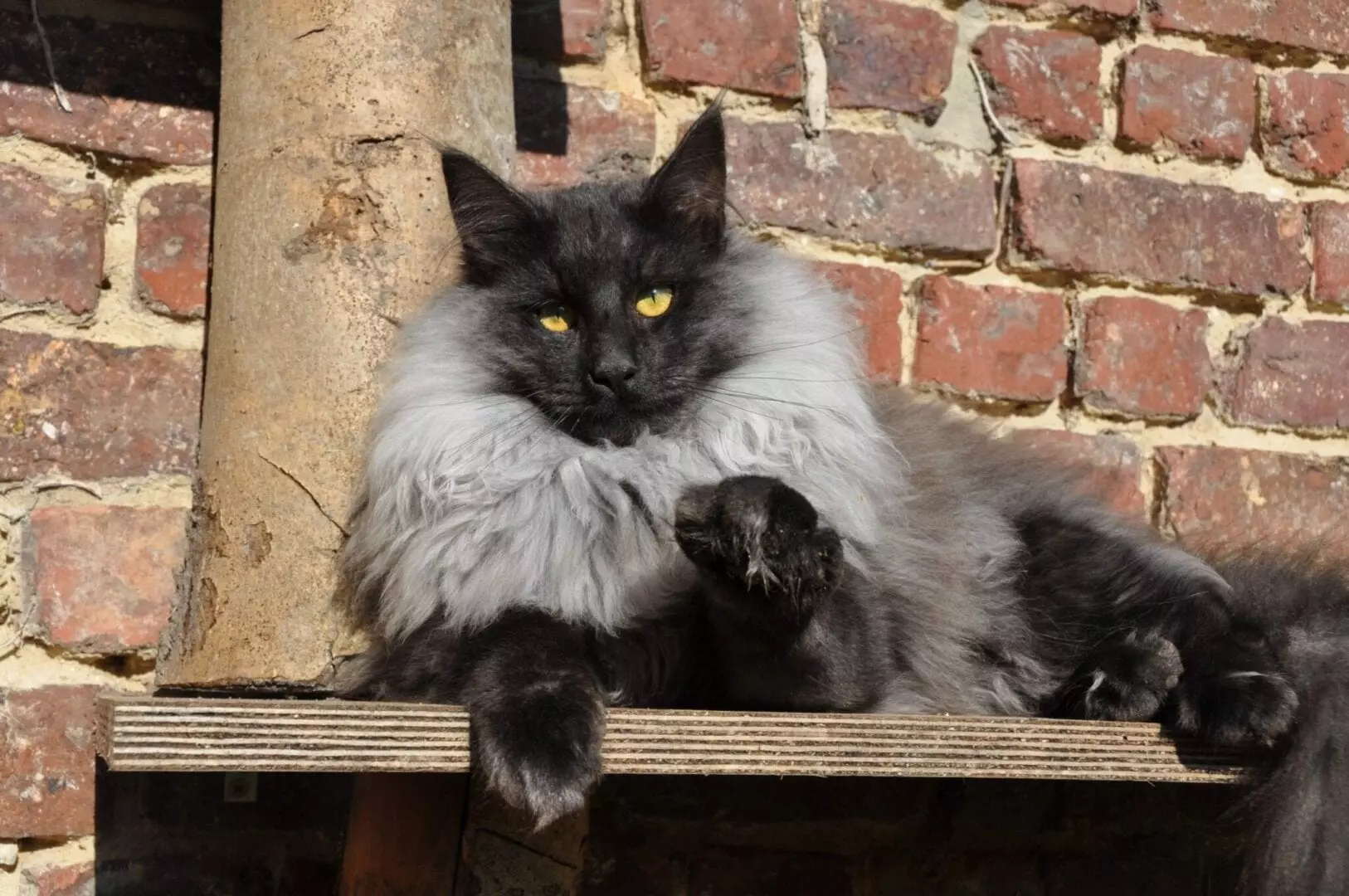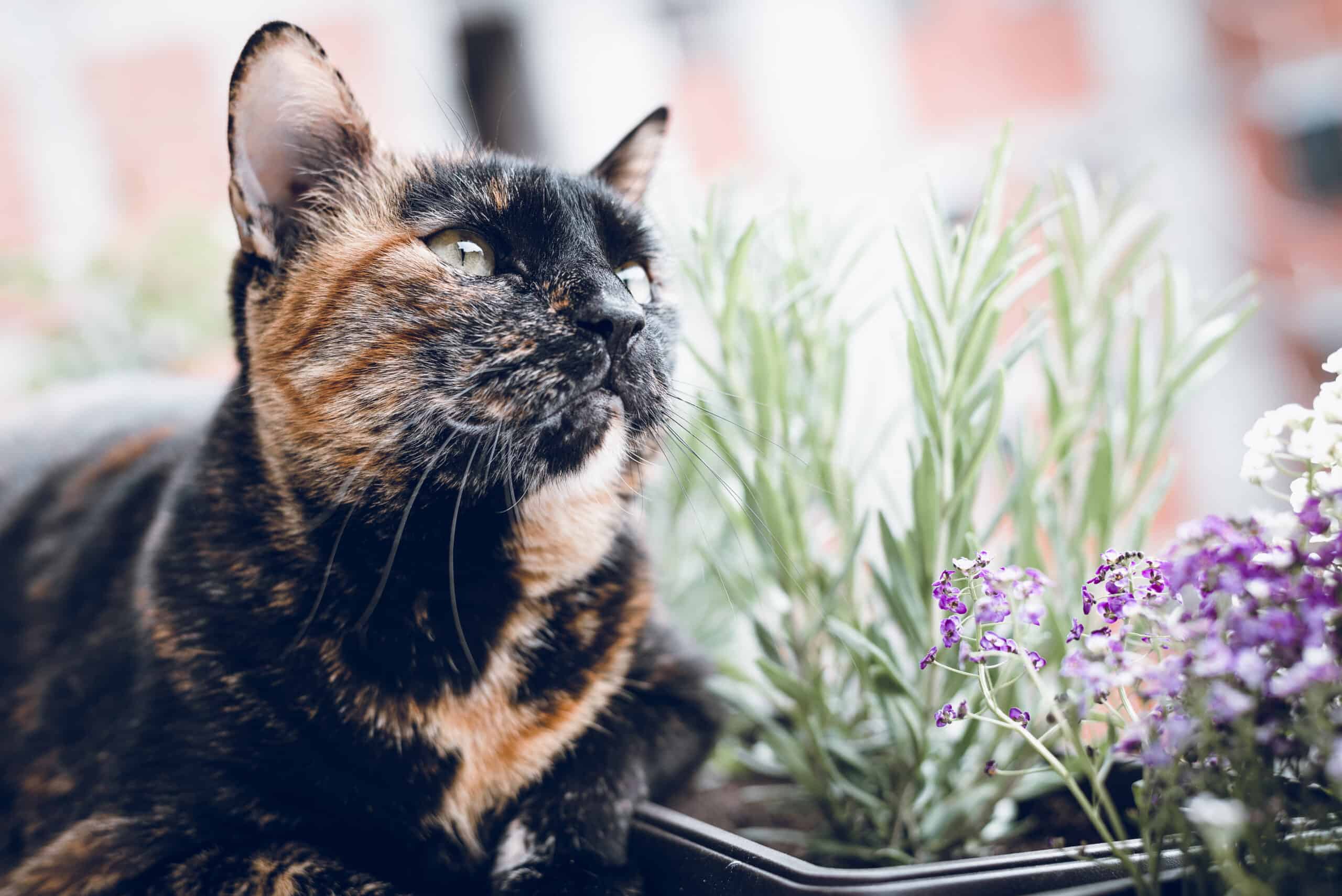If there is one thing about cats that's super cool, it's those glorious coats of theirs. From swirls to stripes, spots, and solid coats, there's a lot to know when it comes to cat coat patterns and markings. Many cats are easily defined by their obvious markings, like tabby cats, but there are a few terms for cat coat patterns that you might not have heard of. Keep reading to learn all about them.
Cat coat pattern basics: solids, stripes, and spots
In case you didn't already know this, the gene that controls orange in cats also controls stripes. And because of this, that's why you'll never see a solid ginger cat without stripes! Now, another fun fact for you that you may not have already known? The most common solid coat for a cat is black, and the rarest solid color coat for a cat is white. And when it comes to those spots, only a handful or so of cat breeds will have them. For Bengals, they can also have a swirly pattern on their coats which is referred to as a "rosette" pattern. Spotted cat breeds include the Savannah, Bengal, Ocicat, Serengeti, Egyptian Mau, American Bobtail, and the Pixie Bob. 
Have you ever wondered about that signature "M" that many tabby cats have on their foreheads? Read the ancient myths and legends surrounding that marking here on CattitudeDaily!
Black and white cat coat patterns—and tuxedo cats come in many forms!
While many cats are black and white, not all black and white cats are true tuxedo cats. And what's even more interesting is that not all tuxedo cats are black and white. Tuxedo cats can also be tabby cats, gray and white cats, and even calico cats! A true tuxedo cat looks as if they're wearing permanent formal attire. There are also cats which are spotted and known as cow cats, and cats which are more white than they are black which are known as piebald cats. My wonderful Pepper is what is known as a classic tuxedo cat. This photo of him above clearly shows off his signature tuxedo coat pattern. True tuxedo cats will have a white undercarriage, white feet, and white that comes up the neck and often leaves a mask look on their face. If you've got a tuxedo cat that you'd like to show off, join my Tuxedo Cat Lovers group on Facebook!
Calicos, Tortoiseshells, Calibbys, and Torbies
In case you didn't know, it's rare to find a calico or tortoiseshell cat which is male. They can occur, but it's rare, and when it happens, these male cats are born sterile. Calico cats are defined by the three colors in their coat pattern: orange, black, and white. But, there can also be diluted calico cats, and for these cats, they will be orange, white, and gray. There can also be diluted tortoiseshell cats, too. A true tortoiseshell cat will have no white on their coat whatsoever. Now, you might already be well-aware of calicos, but have you ever heard of a Calibby? These are calico cats which have tabby cat markings on their coats. For these cats, you will see either faint or bold tabby cat markings on their orange and black/gray parts of their coat. And when it comes to the torbie, these are tortoiseshell cats with tabby cat markings. Similar to the kings of cattitude, black and white tuxedo cats, calicos and torties are well-known for their naturally sassy nature.
For more cool facts on cat fur to add to your collection of feline knowledge, check out this article on Cattitude Daily!
Cats with pretty points
Did you know that when Siamese cats are born, they're all solid white or cream? By the time a Siamese cat reaches one year of age, their points will be fully developed. And these points can come in a wide array of stunning hues. The officially recognized Siamese cat points are: seal, lilac, chocolate, blue, smoke, red (flame), and silver. And this classic trait of the breed can be passed on to cats which are mixed bred, so this is why you can see points in cats which are not purebred Siamese. So, how do these chatty blue-eyed beauties get their signature points? Well, there's actually some fun science behind it! Their signature points are in relation to heat, and their mother's womb is a warm and stable environment that will not permit the enzymes that darken their fur pigment to become triggered. All Siamese cats have a gene that makes them partially albino. The enzymes which control the color of their fur will not process in warm temperatures, but once under 100 degrees, this will invite the points to form. The older the cat gets, the more noticeable their points become until they reach maturity. And the points are in relation to temperature, so the coolest regions on their body is where these points will show.
Rarest in the land!
While our feline friends can come in a wide array of colors and patterns, there are six considered to be the most unique of all. When it comes to these rare cat coat colors, this would include: chocolate, lilac, chinchilla, smoked, fawn, and cinnamon. While all of these shades are simply stunning, there's something incredibly majestic about the smoked coat of a Maine Coon cat! Want to learn more about these rare cat coats? Learn all about them in detail here on cattitudedaily.com.

